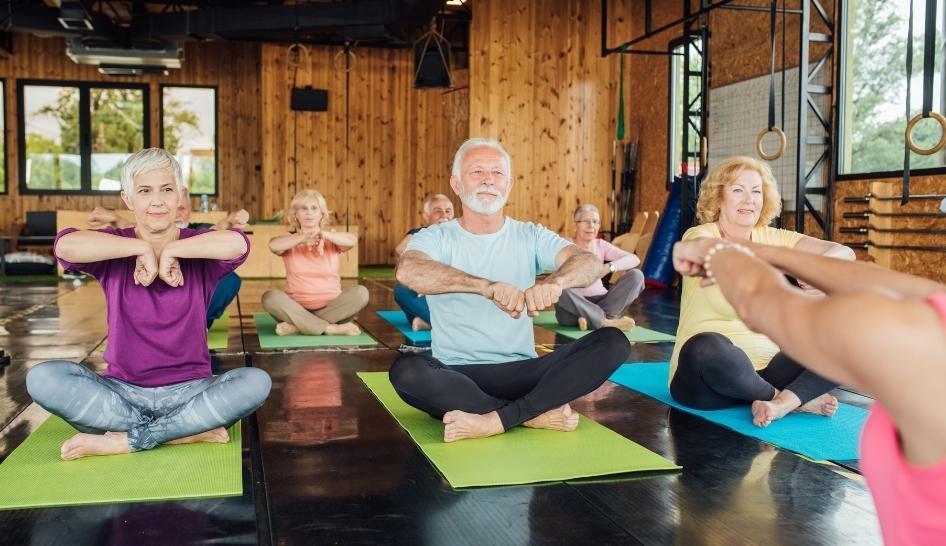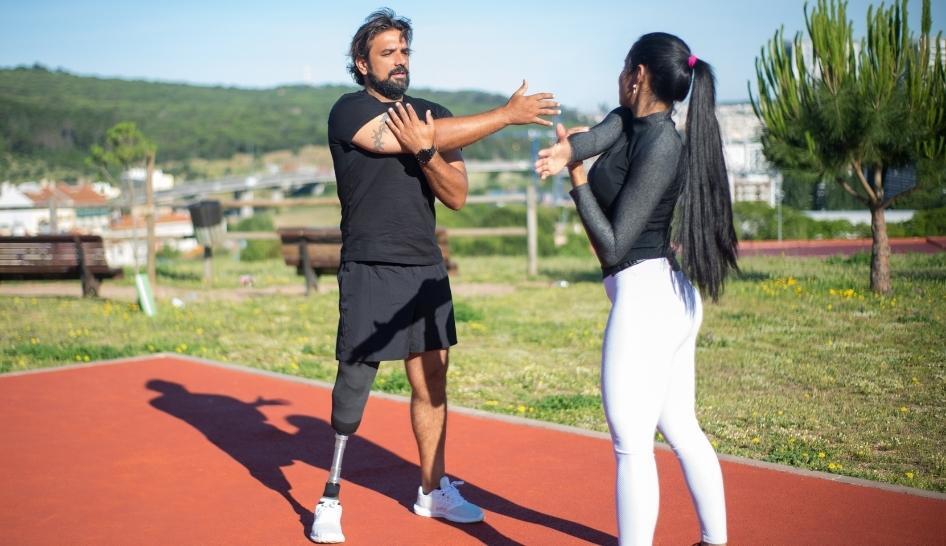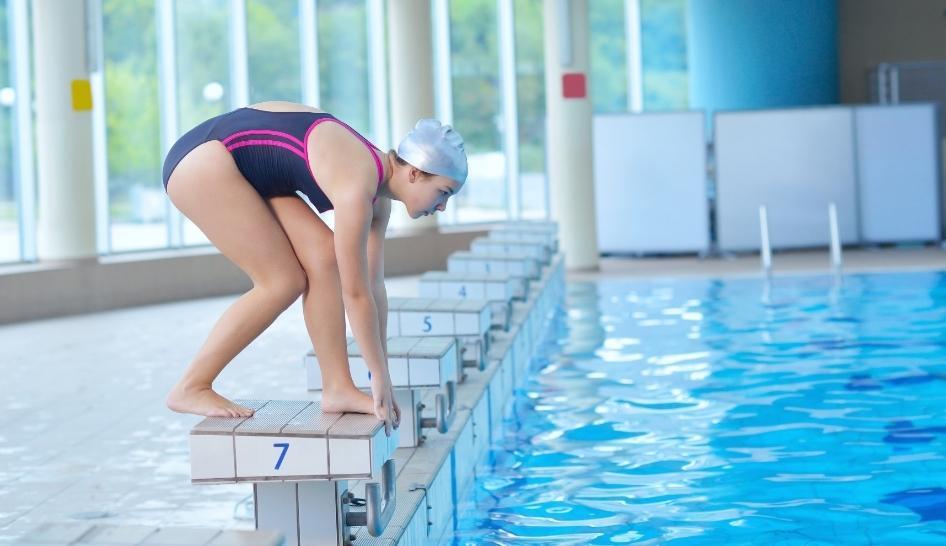More than two years after the landscape of the health and fitness industry was forever altered, we see reassuring signs of recovery. The 2022 IHRSA Global Report focuses on how various regions are renormalizing through ongoing disruptions, highlights several landmark achievements, including increasing influence of the Global Health and Fitness Alliance (GHFA), and notes numerous mergers and acquisitions that shook up the industry.
2022 IHRSA Global Report Recognizes Fitness Industry Resilience
The global health and fitness industry is experiencing successes and ongoing challenges throughout each region. Here’s a glimpse into what you can find in The 2022 IHRSA Global Report.
In other positive news, some promising U.S. data was released before the publication of The Global Report. According to a study conducted by IHRSA as part of the Physical Activity Council, more than one out of five Americans (21.8%) belonged to a health club or studio in 2021, totaling 66.5 million consumers ages 6 years and older. This represents a 3.8% growth over the last two years, a validation of the importance of our industry despite COVID’s severe challenges.
This data also indicates the importance of the bricks-and-mortar component of the fitness industry—growth returned despite the pandemic-related lockdown of clubs, the severe governmental restrictions imposed, and the surge in digital offerings.
The value of clubs and studios, the importance of community, the quality of in-person instruction, and the expansive offerings of the on-site experience are critical to consumers. As we have all learned during these past two years, nothing can completely replace the in-person experience.
The health and fitness industry is a major driver of global economic activity—it directly adds upwards of $100 billion to the economy, supports 10s of millions of jobs, and significantly improves overall health and wellness. We’ve put together a sneak peek into regional analyses included inThe Global Report that detail how some players in the industry are restructuring and innovating to drive expansion.

North America
Recovery is staggered throughout the North American region, due largely to varying restrictions, shutdowns, vaccine requirements, and access to pandemic relief grants. However, collectively, the region has been successful in building advocacy efforts and promoting the importance of exercise to overall wellness.
The Fitness Industry Council of Canada aggressively lobbied in support of Bill C-2, a law that offers a range of benefits and programs to help workers and businesses facing more hardship as a fresh variant began to take hold. The law was passed in late 2021, and industry leaders hope it will assist in sparking the estimated 7% industry growth this year.
Meanwhile, in the U.S., IHRSA and the National Health & Fitness Alliance increased the industry’s influence and launched initiatives to grow advocacy efforts. The IHRSA PAC (political action committee), Team 435—formerly Project 435—and increased support of State Alliances have intensified current efforts.
In the U.S., some fitness chains reported substantial increases in membership this year:
Planet Fitness reported Q1 2022 system-wide same store sales increased 15.9% while system-wide sales increased $196 million to $961 million, from $765 million in the prior year period.
Blink Fitness reported that March 2022 was the best sales month in the history of the company. In addition, the company says that check-ins for March 2022 increased by double digits versus March 2019.
Life Time reported that memberships increased 23.8% in Q1 2022.

Europe, Middle East, & Africa (EMEA)
In-person industry events—the inaugural IHRSA SMART Summit and FIBO, both held in Germany—proved that resiliency and optimism haven’t dimmed for European fitness professionals. Plus, creating incentives to get people moving and active have gained backing from healthcare professionals. In Italy, the Ministry of Health agreed to an ANIF Eurowellness initiative that urges family doctors to prescribe physical activity for their patients with pilot projects in Emilia Romagna, Veneto, Lombardy, Piedmont, and Umbria.
Great success stories in the region include:
France, which added 81 clubs in 2021 and is dominated by large low- and medium-cost franchises or partly franchised operators.
Spain, one of the most severely hit countries during the pandemic, rebounded well in 2021 with membership increasing by 12%, reaching 4.8 million. Overall market revenue grew by more than 18%.
Scandinavia, the European region with the highest penetration rates.
Germany, down just 0.5% of facilities from 2020 levels, a large feat considering clubs were closed for six months in 2021.

Latin America
As is true for most regions, Latin America is experiencing a staggered rebound from the pandemic:
Over the next five years, Mexico is set to increase its Planet Fitness locations by sixteenfold “to provide millions of Mexicans a non-intimidating, high-quality, and affordable fitness experience,” says Carlos Ibarra, the founder and owner of the Ibarra Group, a retail services company.
In Brazil, the return of IHRSA Fitness Brasil is being called “a milestone in the market recovery” by event organizers. Gustavo Almeida, executive director of Fitness Brasil, says this is “a great opportunity to meet again—to reinvent and expand our careers and our businesses.”
Colombia experienced a sudden uptick in former members returning (20%) to facilities after May 1, 2022, as the mandatory use of masks was eliminated.
Bodytech locations were forced to close across most of Peru and Chile due to limited consumers engaging in physical activity and low revenue—an estimated 30% of the countries’ facilities permanently shutdown.

Asia-Pacific
With the launch of ihrsa.cn in 2021, made possible through the IHRSA and ChinaFit partnership, IHRSA membership and digital and print reports are more accessible to Chinese fitness professionals via translation. With 27,600 clubs and nine million members, the Chinese market is a key player in strengthening ties across the global fitness industry.
Uniting the global industry and comprehensive wellness are target areas for the Asian fitness industry, especially Catic Wellness Group in China and True Group in Singapore.
Sean Tan, director of True Group and president of the Singapore Fitness Alliance, says, “Singapore’s fitness industry has delivered huge health benefits to Singapore, well before and throughout the current COVID pandemic. We are excited about how our industry can work together, to collaborate further, and to ensure more people become healthier and happier, whilst improving their overall health, immunity and wellbeing.”
Creative problem solving is in the cards for the Australian industry, which sites staffing issues and inflation as concerns for recovery. Justin Tamsett, managing director of Active Management, says, “There’s also a hesitation among owners to do anything with prices to cover the increased costs. If I haven’t got leads at my current price, then if I raise my price, I’m going to get even less leads, less sales.”
Fitness & Lifestyle Group, with more than 530 health clubs across Australia, New Zealand, Thailand, Vietnam, and Singapore, has unveiled ambitious technology innovations to enhance the user experience and drive value to the business. For one, the company created a fully paperless digital experience for new members that incorporates user insights around how people select memberships and join online.
Where We Go From Here
There’s no one-size-fits-all approach to recovering from the devastating effects of the COVID pandemic. Although each region has its successes and ongoing challenges, we’re keeping our hopes up and ramping up efforts to bring the global fitness industry closer than ever.

Sami Smith is IHRSA's Senior Manager of Digital Communications, working to shape the organization's image on various digital platforms. On a typical day, she creates content, delivers impactful communications, and executes targeted marketing efforts to keep IHRSA at the forefront of the industry. Outside of the office, you can find her exploring new destinations, indulging in food, or participating in just about any sport.